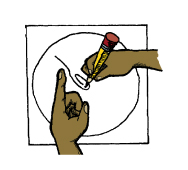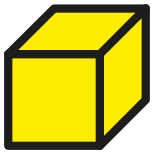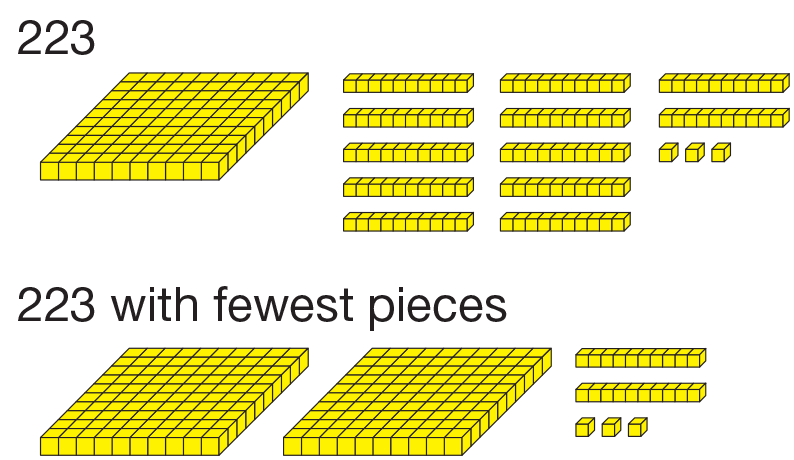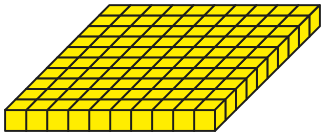Students measure and count bits and skinnies to find out how many bits are in a flat and how many skinnies are in a flat. They represent numbers in the hundreds using flats, skinnies, and bits.
Content in this Lesson
- Understanding place value.
- Representing numbers in the hundreds using base-ten pieces and number sentences [E1].
- Partitioning numbers into hundreds, tens, and ones and modeling them with base-ten pieces [E2].
- Recognizing that different partitions of the same number have the same total [E5].
- Showing and recognizing different partitions of numbers using different representations [E3].
- Making connections between place value concepts and base-ten pieces, number sentences, and symbols [E4].
Assessment in this Lesson
| Assessment | Expectation Assessed |
|---|---|
|
Show a Number |
|




















